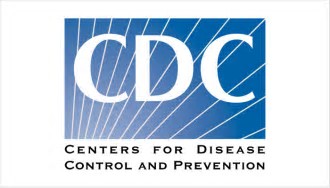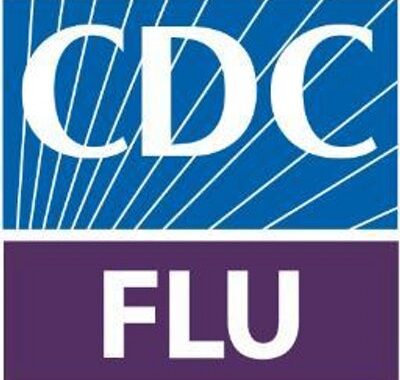Infection control is part of everyday dental care, but it’s often routine tasks where lapses…

CA only: Cal/OSHA’s New Indoor Heat Prevention Standard Takes Effect
 On July 23, 2024, Cal/OSHA’s new rule to protect employees from unsafe indoor heat took effect. California Code of Regulations, Title 8, Section 3396 – Heat Illness Prevention in Indoor Places of Employment requires most employers where the indoor temperature reaches 82°F to implement control measures to protect employees from excessive indoor heat. Control measures include increasing air flow using open windows and portable fans, access to drinking water and cool-down areas, employee training, and timely emergency aid.
On July 23, 2024, Cal/OSHA’s new rule to protect employees from unsafe indoor heat took effect. California Code of Regulations, Title 8, Section 3396 – Heat Illness Prevention in Indoor Places of Employment requires most employers where the indoor temperature reaches 82°F to implement control measures to protect employees from excessive indoor heat. Control measures include increasing air flow using open windows and portable fans, access to drinking water and cool-down areas, employee training, and timely emergency aid.
Most dental offices utilize air conditioning (AC) for the comfort of their patients and employees during normal operating conditions. However, in case of a contingent event such as a power outage or AC unit malfunction which could lead to temperatures at or above 82°F, dental offices must have written contingency procedures added to their injury and illness prevention program (IIPP).
Contingency procedures for most dental offices consist of closing the office in the event of AC equipment failure. If an office opted to operate with the potential for temperatures to be at or above 82°F, then additional control measures as specified above would need to be implemented.
Please refer to your human resources personnel or attorney specializing in employment law regarding employee management during a contingency event (i.e. whether or not to send employees home and/or to pay employees during lost work time).
For our OSHA Review Subscribers… the written IIPP template form has been updated to include information about heat illness prevention in a dental office, and can be downloaded from our website – oshareview.com.
OSHA Review, Inc. a registered continuing education provider in the State of California, specializing in Dental Practice Act, infection control, and Cal/OSHA training. OSHA Review subscribers in California receive updated regulatory compliance and infection control training thorough our bi-monthly newsletter.


